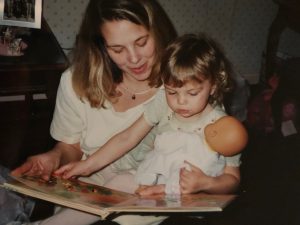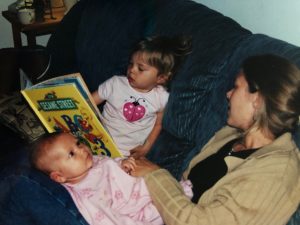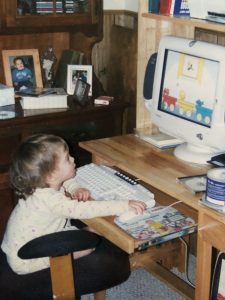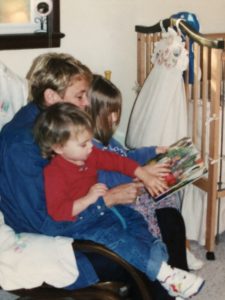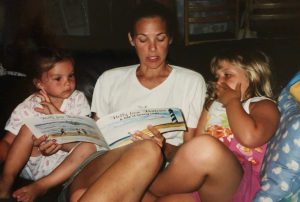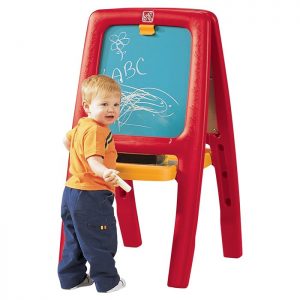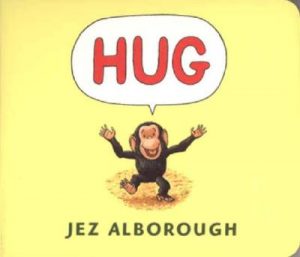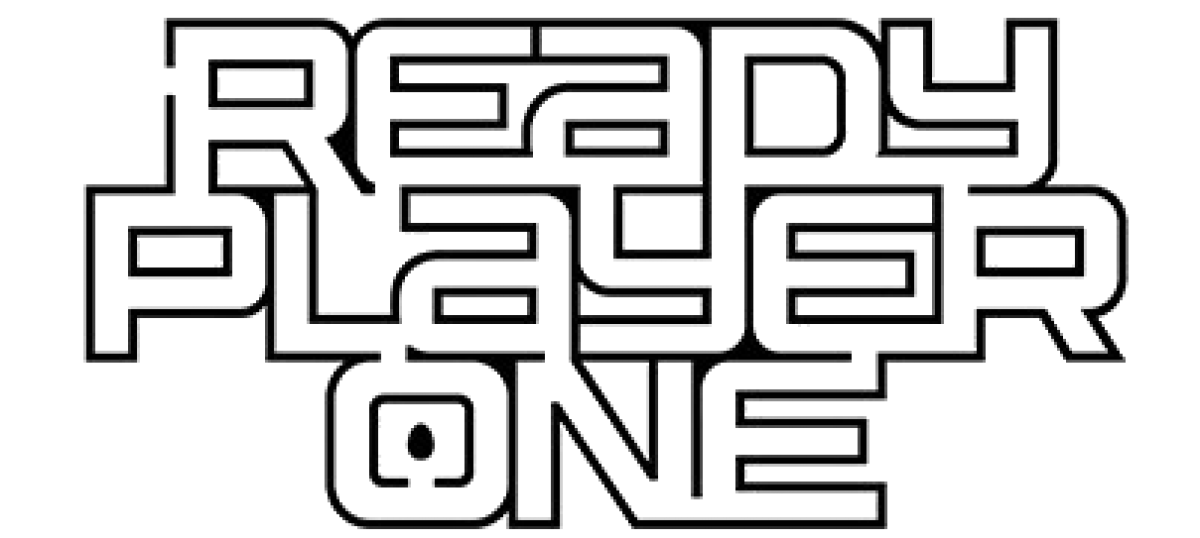Everybody has a story. When you first enter the world you are entering into a blank canvas. A canvas with no knowledge, no expectations, no preferences, no nothing. As you begin to grow and develop you also begin painting your canvas. This painting represents everything from the fundamentals you learn in your early years to the teenager you are and ultimately to the adult you become. Each and every mistake, experience, regret, cry, and laugh is permanently a part of your painting. All of the things we go through, even the ones that seem so little or the ones we wish we could erase are what make us who we are. With that said, no canvas has exactly the same painting because after all it is YOUR canvas. So back to the early years when I had that blank canvas with no knowledge yet. Learning how to read and write seems like a pretty basic skill to us now, after practicing so consistently for the past 15 years, but when that canvas was white with nothing it was probably the first and most important part of our painting. However, the way we all learned to do so vastly varies. Personally, I used a few major tools in learning how to read and write. Between my mom, pictures, beginner writing books, and my siblings, I was able to begin my painting. Once given these tools as a jump start, I took matters into my own hands and used my own imagination to continue learning.
Learning from pictures was a vital part in how I began to read. At a very young age (two years old) I would grab a picture book, set my infant little sister, Emma, up on the couch, and “read” the book to her. Based off of what I though was happening in the pictures is the story I would tell her, obviously not at all what the words on the page said. Sometimes I would only point to the pictures and say a word or two since I was so little. But it was a start. My mom recalls one specific book, Hug, that solely had the word hug in it. She would read one page and then on the next page I would take a turn and say the word hug. Within the next year or so my mom would continue to read me picture books and by this point I was able to remember a basic story line of what my mom had read to me and that would be the story I then read to my sister. Still pointing at the pictures, still making up an idea based off of what I saw, but I was able to recite some words and ideas my mom had to read to me. My little brother, Evan, came along and now I had two little faces in my story time audience.
As my siblings reached the ages where I was first learning to read based off of pictures and memory, little four year old me began acting as their mentor which in turn, helped me even more. They would try to create their own stories based off the pictures in books as I sat there ready to jump in and correct them at any point. Occasionally my bossy, know-it-all, sassy self would grab the book right from them and take over. It was not because I was intentionally trying to be bossy but I was excited to know more than them and show off my skill.
In terms of writing, there was a similar process put into play. My mom, again a major tool in my early learning days, guided me through the beginner writing books that have the dotted letters for you to copy. That was the first step in writing my letters. We also had an easel that became a huge part in my reading and writing. For example, my mom would write either a letter or a word on the chalkboard. I would take the chalk and try to copy the letters she wrote (of course always thinking what I wrote was right). Sometimes she would guide my hand through how to write the letter first and then let me try on my own. It is funny to look back now on papers I wrote in pre-school and kindergarten because of all my “g”’s are backwards. No matter how many times my mom wrote a lowercase “g” on the chalkboard and had me copy it, they always turned out backwards. This is no surprise but eventually it was my duty as a big sister to teach my brother and sister how to write. Again, I followed the same steps my mom took me through with writing letters on the board and having them come up and copy what I wrote. This is around the time we started playing school. They would sit on the floor, criss-cross applesauce with their hands folded, and I would stand at the chalkboard and teach them whatever skills I learned in school that day. Whether it was learning how to break up words to sound them out, copying the alphabet and numbers, or making them made-up homework sheets that they had to do (yes, I would grade them), this was how I practiced my reading and writing. Emma and Evan would raise their hand and I would call them up to copy the letters I had written on the chalkboard. Like my mom did to me, I would help guide their hands through how to form the letters and then let them try by themselves. More times than not I would just grab the chalk out of their tiny hands and end up writing the words for them because I could not stand to see them do it so slow (again, bossy and sassy). We played school just about every night until mom and dad said it was bedtime. But the play school was not over. I would set up a “class” of stuffed animals in my bed and teach a lesson to them as well. I gave them all names and wrote them down on a piece of paper to take attendance each night. And I obviously read them books because by this point I had to be a reading pro, right? Bottom line is, it all started with my mom giving me the necessary tools and demonstrating how to use them and then my own imagination and thoughts to find different ways to go over what I was learning.
Now I am 18, in college, and continuing to develop my reading vocabulary along with writing abilities. Looking at the bigger picture I only have a piece of a painting on my canvas. I have learned so much yet there is still so much more to come. However, the past 15 years would have taken a completely different route if I had never learned those two basic skills. We use reading and writing every single day, sometimes not even thinking about it. Reading a birthday card, sending a text, ordering dinner when out to eat, looking something up on the internet, and typing an essay are simple examples of things we are able to do that we take for granted. As for the future is concerned, reading and writing will be the tools I use to continue painting my canvas. In order to graduate from college with a degree, there will be essays and presentations and finals. Of course, being illiterate would be no help in order to complete these necessary elements. Once a degree in Criminal Justice is achieved, the next several years will revolve around an immense amount of data, report writing, and reviewing cases. How would I be able to do any of this if I could not read the basic word “the”? If there were any careers that could get away without these requirements there would not be such an overall push to retain such concepts. I hope to travel and try many new things and the ability to read will help me to get there. And when the time comes for me to have my own children, I now have a sense of the tools they need to be given in order to learn to read and write, as was I. Once I provide them with that jumpstart, I will be able to watch them grow and use their own imaginations to better themselves whether it is playing school with their siblings or teaching a class of stuffed animal dogs.
So a big thanks to my mom, those pictures, and that beginner writing book with the dotted letters. Thank you to my siblings for letting me be a bossy big sister and teach you all the things I was learning at the time. Because after all, this is the reason I am where I am today. 